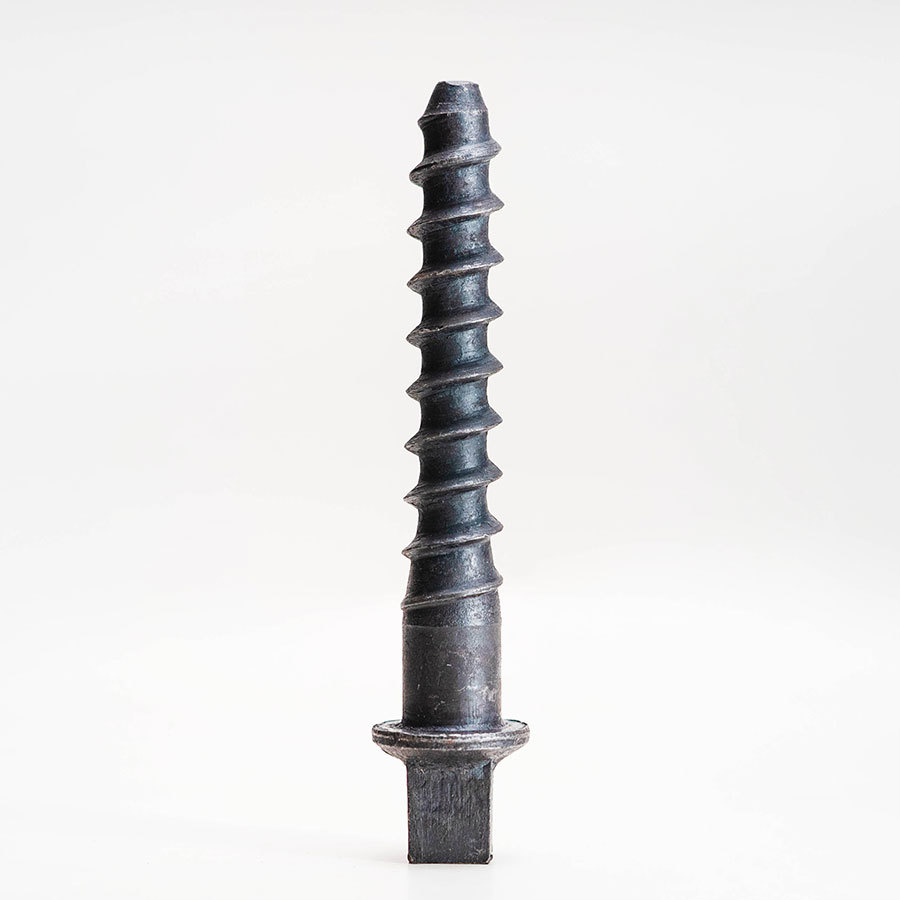-
ProductsAt present, the company has the ability to produce 50000 tons of rail buckle accessories annually. The product series includes various specifications of spring bars Gauge baffles, switch special pads, joint clamps for 43kg, 50kg, 60kg steel rails, various export products, etc

-

-
AboutThe company was established in 1994 and is a production enterprise specializing in the research and development, production, and sales of railway line specific accessories

Understanding Rail Track Spikes: Essential Components for Railway Safety
May 19,2025
Rail track spikes are a vital component in the construction and maintenance of railway tracks. These metal fasteners serve the primary purpose of securing the rails to the wooden or concrete ties, ensuring that the tracks maintain their correct alignment and stability even under heavy loads. Understanding the significance of rail track spikes is essential for professionals involved in railway cons

Typically made of hardened steel, rail track spikes are designed to withstand significant stress and environmental factors. Their robust construction ensures longevity and reliability, which are crucial for the safe operation of trains. The choice of spike type can vary based on specific track requirements and the materials used for ties. Common types of rail track spikes include cut spikes, screw spikes, and dog spikes, each offering unique advantages depending on the application.
Cut spikes are the traditional fasteners and are widely used in wooden tie applications. Their tapered design allows for easy installation and optimal grip. However, with advances in technology, screw spikes have gained popularity due to their enhanced holding power. These spikes are designed to be screwed into the tie, providing superior resistance against extraction forces, which is particularly beneficial in areas with heavy train traffic or challenging environmental conditions.
Dog spikes, on the other hand, are primarily used in heavy-duty applications and can be found in areas subject to extreme stress. Their shape and design offer exceptional stability, ensuring that the rails remain firmly in place even under the forces generated by high-speed trains or heavy freight traffic.
Safety is a paramount concern in railway operations, and the integrity of the rail system is directly linked to the quality of the fastening materials used. Regular inspection and maintenance of rail track spikes are crucial to identify wear and tear, as well as to ensure that any damaged spikes are replaced promptly. This proactive approach not only enhances the safety of train operations but also extends the lifespan of the track infrastructure.
In conclusion, rail track spikes are more than just metal fasteners; they are essential components that contribute to the overall safety and efficiency of railway systems. Professionals in the transportation sector must prioritize their proper selection, installation, and maintenance to uphold the highest standards of railway safety. Understanding the different types of rail track spikes and their applications can lead to better decision-making and improved safety outcomes in the rail industry.
Recommended
There is one sheet production line and two high-precision engraving machines, with an annual production capacity of 6 million railway special height adjustment pads.
Electrostatic spraying workshop
There is one electrostatic spray equipment production line and one spray paint production line, with an annual production capacity of 10,000 tons.
Contact Us
Henan Xinda Railway Equipment Co., Ltd
Fax: +86-372-2615999
Tel: +86-18567891234
Email:info@xindarail.com
Send us your request
we will get in touch with you as soon as possible
COOKIES
Our website uses cookies and similar technologies to personalize the advertising shown to you and to help you get the best experience on our website. For more information, see our Privacy & Cookie Policy
COOKIES
Our website uses cookies and similar technologies to personalize the advertising shown to you and to help you get the best experience on our website. For more information, see our Privacy & Cookie Policy
These cookies are necessary for basic functions such as payment. Standard cookies cannot be turned off and do not store any of your information.
These cookies collect information, such as how many people are using our site or which pages are popular, to help us improve the customer experience. Turning these cookies off will mean we can't collect information to improve your experience.
These cookies enable the website to provide enhanced functionality and personalization. They may be set by us or by third-party providers whose services we have added to our pages. If you do not allow these cookies, some or all of these services may not function properly.
These cookies help us understand what you are interested in so that we can show you relevant advertising on other websites. Turning these cookies off will mean we are unable to show you any personalized advertising.

